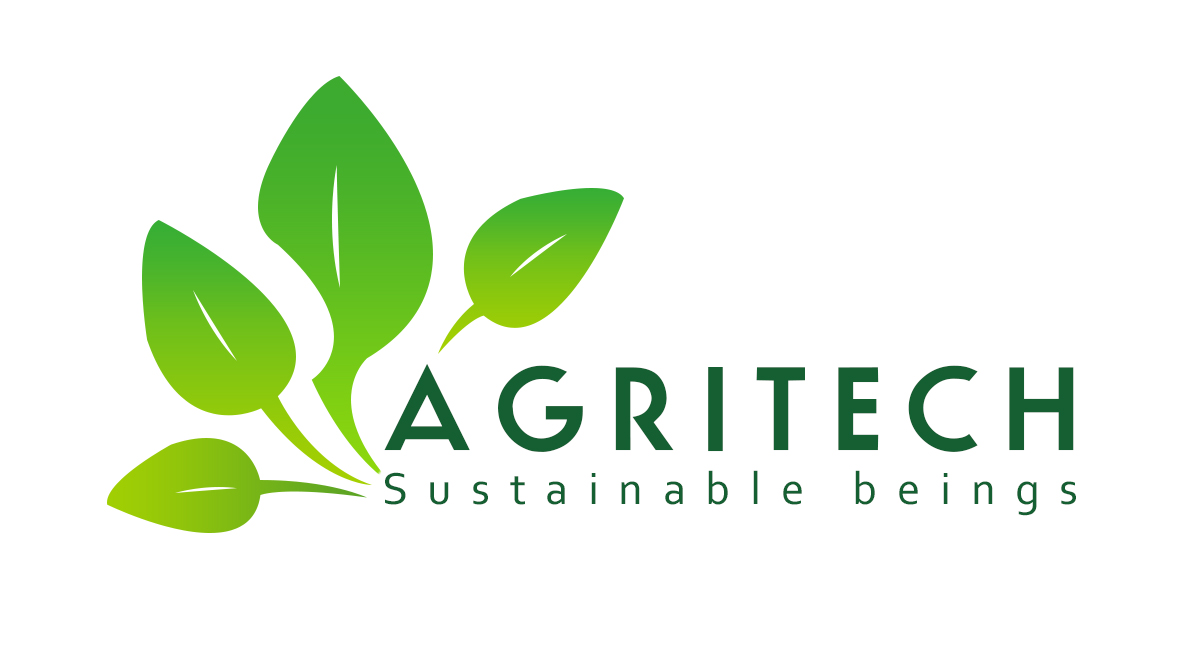Silicon nutrition for plants
The amount of silicon varies depending on the species of plants. Rice is a typical silicon-loving crop, and its stem and leaf silicon content (SiO₂) can reach 150~200g/kg of dry weight. Secondly, the content of oats and barley is also very high, which can generally account for 20~40g/kg of dry weight. In addition, sugarcane, corn, millet, sorghum and other crops and bamboo palm, magnolia, mulberry, elm, beech and other plants are also plants with more silicon content, but the low silicon content of leguminous plants is only 1/10 of that of gramineae.
Silicon is absorbed by plants in the form of monosilicic acid [Si(OH)4], but almost all silicon in plants exists in the form of silica gel. Once silicone is deposited, it is difficult to move.
Silicon is not distributed in different crops. The general rule is that plants with low silicic acid content, such as legumes, have higher silicon content in their roots than in aboveground parts; Plants with high silicon content, such as rice and oats, have higher content in aerial parts than in roots. However, the silicon in tomatoes, turnips, cabbage, and green onions has little difference between the aboveground and underground parts.
2. Physiological functions of silicon
To date, silicon is not considered essential for the development of most dicots, but is beneficial for their normal development. However, for some grasses with high silicon content, such as rice, silicon is an essential element.
Promote the synthesis and operation of carbohydrates
Fujiwara and Taihei showed (1955) that silicon can improve the assimilation ability of rice leaves to CO₂, especially for lower leaves. Wu Ying (1992) also reported that the rice silicon-applied treatment increased photosynthetic productivity by 14.2% and dry matter by 24.8% compared with the control. Moreover, the starch accumulated in the leaf sheath before heading was often higher in the silicic acid application area, and the starch transferred to the panicle after heading was also higher than that in the silicon-free area. The transport of carbohydrates from stems and leaves to panicles at the milk maturity stage was also mostly in the silicic acid area (Yamamoto et al., 1955). This effect of silicon is related to the fact that silicon can reduce the angle between stems and leaves, improve the light conditions of individuals and groups, and increase the chloroplasts and substrates in leaf cells.
Improve resistance to pests and diseases
Silicon can improve the resistance of rice to rice blast, flax spot, and sclerotinia sclerotinia (Ono, 1917, Miyake, 1927, Yoshii Cai, 1958, Yang Jinjin, 1991, Shin Yizhen, 1992) and reduce the damage of borer and rice planthopper. This effect of silicon is mainly due to the absorption of silicon and pectonic acid, polysaccharonic acid, glycolipids and other substances in the body to form a mono, bis, and polysilicic acid complex, which is deposited in epidermal cells to form a "keratin double silicon layer", which can play a mechanical barrier role in the invasion of hyphae and borers.
The relationship between the absorption of silicon and other elements
Silicon can improve the tolerance of a variety of plants to iron and manganese, such as rice (Mitsui Kinei, 1951), sugarcane (Handreck et al., 1967), soybean, sorghum (Galverz, 1989), etc., and can inhibit the absorption of germanium (Ge), arsenic (As) and strontium, cesium and cadmium in radioactive dust in rice (Okuda and Takahashi, 1961, Michio Ota, 1976), thereby reducing the adverse effects of these substances on crop growth. The effect of silicon on phosphorus is twofold, that is, it can promote phosphorus absorption when the phosphorus content is low, and it can inhibit phosphorus absorption in soils with high phosphorus content. In addition, silicon can also promote the transport rate of phosphorus to grains in rice (increase the P/Fe ratio), thereby reducing or avoiding the hindrance of iron.
